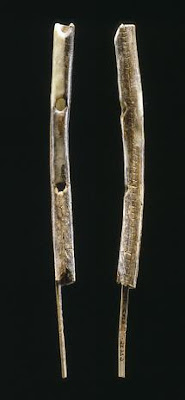9-Year-Old food critic blogger shakes up school meals

The lunches served at one primary school in Scotland were not always palatable. Then Martha Payne, 9 years old, she started a blog: Never Seconds One primary school pupil's daily dose of school dinners. Friday, 25 May 2012 she wrotes: I wanted to avoid the fish and chips today so I chose the tomato pasta with peas but I couldn't resist some pineapple again from the salads. I don't think pineapple goes with the pasta, or maybe the pasta doesn't go with the pineapple if you see what I mean!









